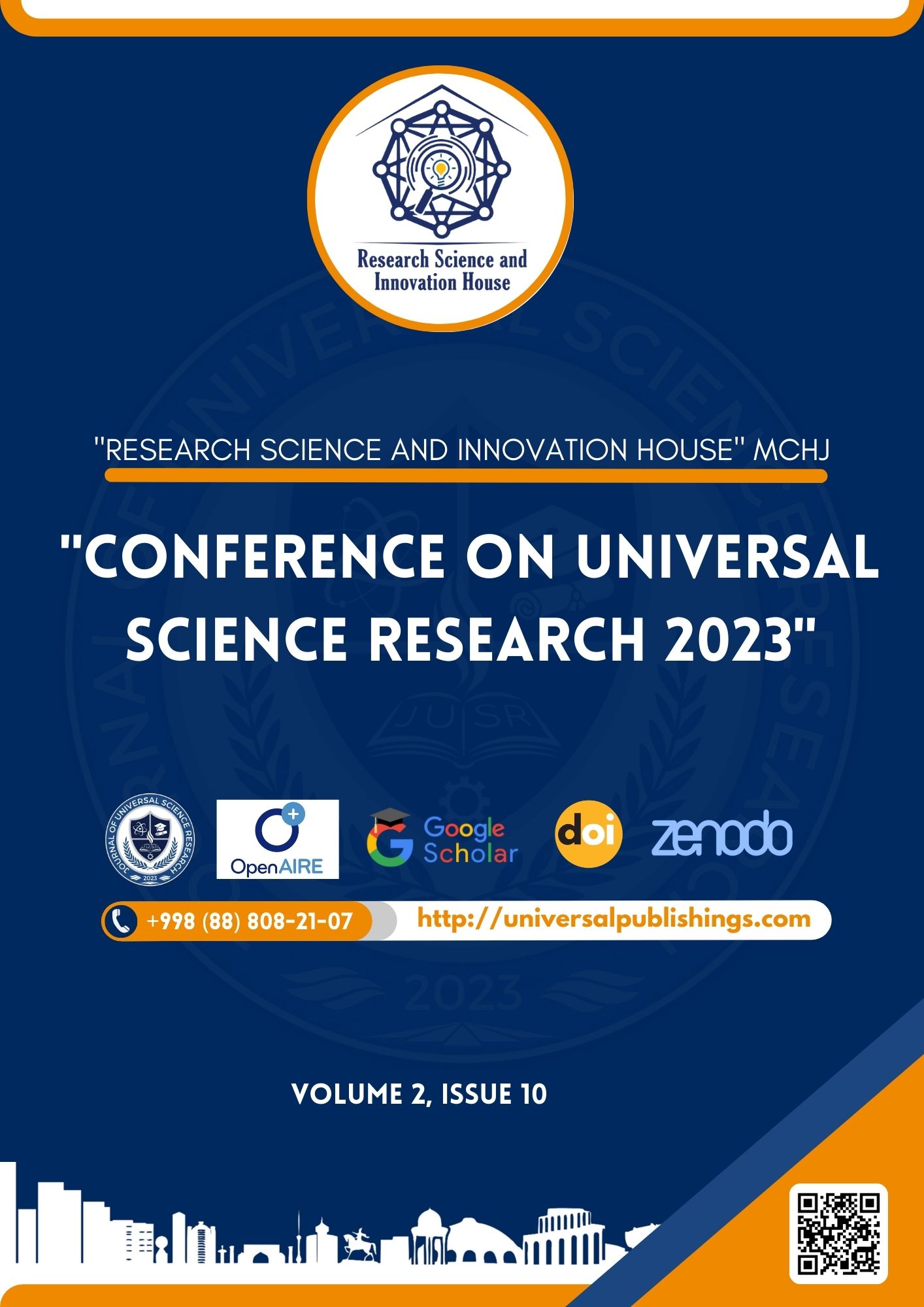Abstract
In the 21st century, globalization has significantly transformed educational landscapes, particularly in language learning. Collaborative international projects in virtual classrooms present innovative ways for students to engage with diverse cultures and languages. These projects leverage technology to connect learners from different parts of the world, fostering not only language acquisition but also intercultural competence. This paper is devoted to considering the benefits and challenges of integrating collaborative international projects into virtual language classrooms, highlighting how such initiatives contribute to improved communication skills, increased cultural awareness, and deeper engagement in language learning.
References
1. Brown, H. D. (2014). Principles of Language Learning and Teaching. Pearson Education.
2. O’Dowd, R. (2018). Online Intercultural Exchange: Policy, Pedagogy, Practice. Routledge.
3. Thorne, S. L. (2016). "Intercultural Communication in Multilingual Classrooms: The Role of Collaborative Projects." Language Learning & Technology, 20(2), 102-118.
4. https://www.emerald.com/insight/content/doi/10.1108/IJEBR-04-2018-0272/full/html

This work is licensed under a Creative Commons Attribution 4.0 International License.

